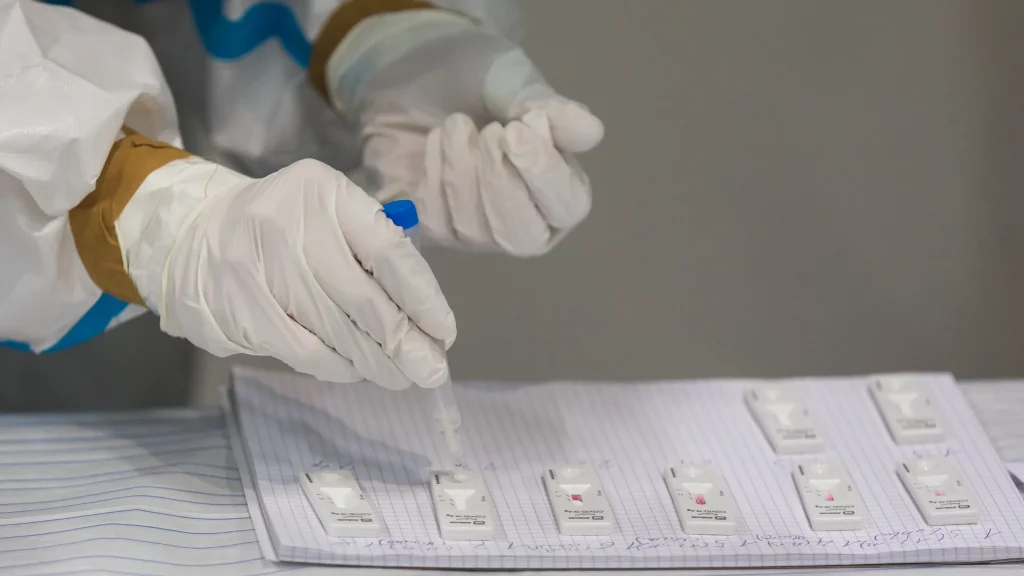Best Doctor Near Me
Best Doctor Near me is to find the best possible doctor near you in the limited time.
Best Doctor Near me is to find the best possible doctor near you in the limited time.
In the quest for an improved quality of life, medical advancements stand as our guiding light, illuminating paths previously unseen. From the delicate touch of surgical innovations to the intricate dance of genetics and personalized medicine, humanity’s journey toward well-being has taken an exhilarating turn. Brace yourself for a captivating exploration of how the fusion of science and compassion is transforming healthcare into a haven of hope and healing.
Recent years have witnessed remarkable strides in surgical procedures that have transformed patient outcomes. Techniques like minimally invasive surgeries have reduced recovery times and minimized post-operative discomfort. For instance, robotic-assisted surgeries provide surgeons with unparalleled precision, enabling them to perform intricate procedures with utmost accuracy. These advancements not only reduce the physical burden on patients but also enhance their overall quality of life by enabling a faster return to normal activities. Visit the Homepage bestdoctornearme.com
Pharmaceutical research has led to new therapies and drugs for previously untreatable illnesses. Personalized medicine, based on genetics, is growing. This guarantees that patients receive the most effective medicines for their needs, reducing adverse effects and increasing success. This progress is improving patients’ quality of life.
The digital age has revolutionized healthcare delivery and management through digital health technologies. Telehealth, wearables, and mobile apps allow people to monitor their health in real time and interact with doctors from home. These improvements make life easier and encourage self-care, improving quality of life.
Genetic profiling is used in personalized medicine to adapt treatments and interventions. Targeted medicines are improving cancer survival and reducing side effects. Medical professionals can improve outcomes and quality of life by targeting specific genetic markers.
Chronic diseases have long been a challenge, impacting the quality of life for millions. However, medical advancements are offering new hope. Modern treatments for diabetes, heart disease, and autoimmune illnesses manage symptoms and stop disease progression. Early detection and novel treatments increase condition control and well-being.

While physical health is crucial, mental health innovations are equally vital for a high quality of life. Medical advancements are addressing this by introducing innovative therapies and interventions for mental health conditions. Teletherapy, VR exposure therapy, and neurofeedback are transforming mental health treatment. These advances are eliminating mental health stigma and giving people practical tools to improve their mental health.
Advancements aren’t just limited to medical treatments; assistive technologies are transforming the lives of individuals with disabilities. Neural interface prosthetics, exoskeletons, and sophisticated hearing aids restore mobility and sensory perception. Also, healthcare facilities are becoming more accessible, so everyone, regardless of ability, may get care. These advances promote inclusivity and improve various communities’ quality of life.
As medical advancements continue to reshape healthcare, ethical considerations become increasingly important. Striking a balance between progress and ethical boundaries is crucial. The use of AI in diagnosis, genetic editing, and organ transplantation raises complex ethical questions. It’s essential to ensure that advancements align with ethical principles to safeguard patient rights and well-being while reaping the benefits of medical progress.
The journey of medical advancement is far from over. As technology and research continue to evolve, exciting trends emerge. Nanomedicine, regenerative treatments, and AI-based diagnostics are promising. These developments could improve quality of life by helping us fight diseases and situations that were formerly insurmountable.
New therapies, technology, and practices improve patient outcomes, alleviate pain, and extend life.
Surgical advancements enable minimally invasive procedures and precision surgeries, reducing recovery time and improving patient well-being.
Personalized medicine tailors treatments to an individual’s genetic makeup, maximizing effectiveness and minimizing side effects.
Digital health solutions offer convenience, real-time health monitoring, and remote consultations, empowering individuals to manage their well-being.
Medical advancements are providing better control and management of chronic diseases, improving the overall quality of life.